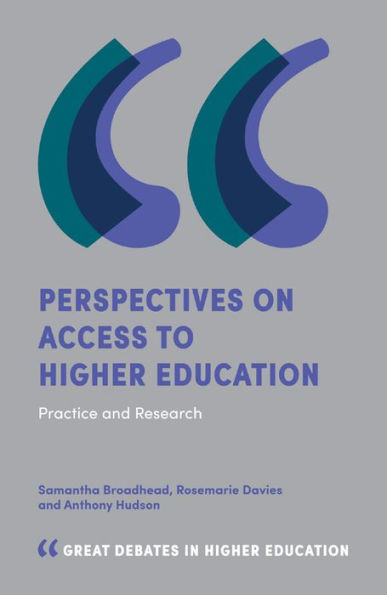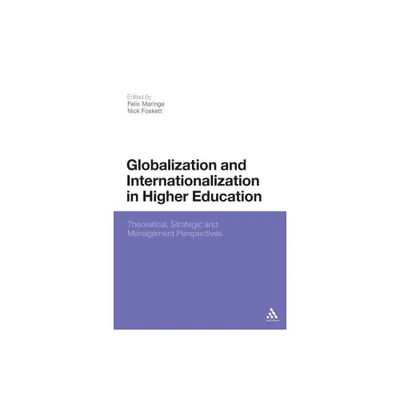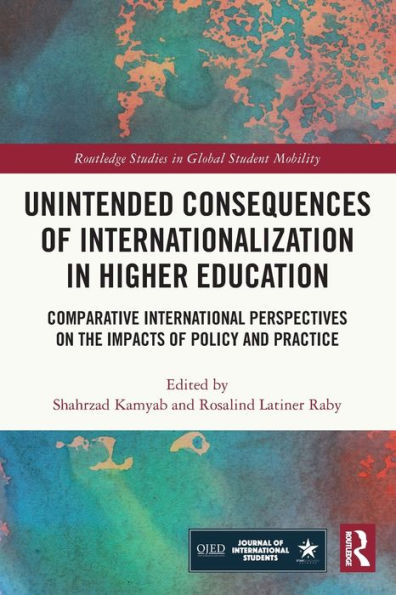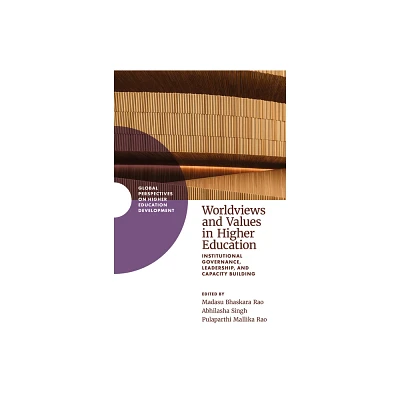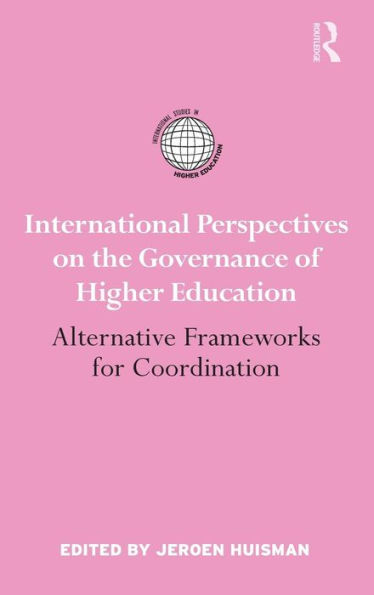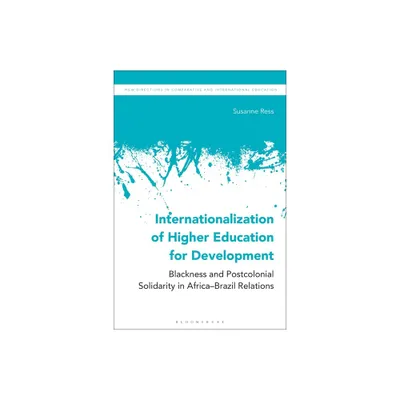Home
Internationalization Higher Education and Research: Perspectives, Obstacles, Alternatives
Loading Inventory...
Barnes and Noble
Internationalization Higher Education and Research: Perspectives, Obstacles, Alternatives
Current price: $159.99
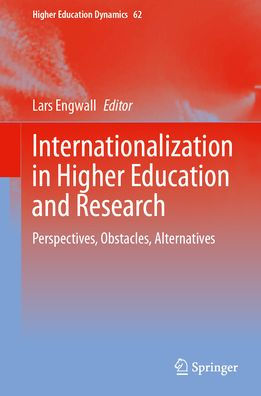

Barnes and Noble
Internationalization Higher Education and Research: Perspectives, Obstacles, Alternatives
Current price: $159.99
Loading Inventory...
Size: Hardcover
*Product Information may vary - to confirm product availability, pricing, and additional information please contact Barnes and Noble
This book examines the pros and cons of the internationalization of higher education institutions, which is an important feature of modern universities. It makes a significant contribution to our understanding of universities and an important input to the assessment of the internationalization of higher education institutions both for regulators and for the universities themselves.
The book’s three parts focus on a number of issues associated with internationalization. The first part –
Perspectives on Internationalization
– provides critical reflections on internationalization, on the globally distributed European-American university and on the impact of rankings. The second part –
The Obstacles to Internationalization
– deals with the significance of language, challenges of mobility and environment concerns. The third part –
Alternative Modes of Internationalization
– discusses internationalization at home, international distance education and the establishment of international branch campuses.
The book’s three parts focus on a number of issues associated with internationalization. The first part –
Perspectives on Internationalization
– provides critical reflections on internationalization, on the globally distributed European-American university and on the impact of rankings. The second part –
The Obstacles to Internationalization
– deals with the significance of language, challenges of mobility and environment concerns. The third part –
Alternative Modes of Internationalization
– discusses internationalization at home, international distance education and the establishment of international branch campuses.
